Top 10 Number Puzzle Games Like Sumplete
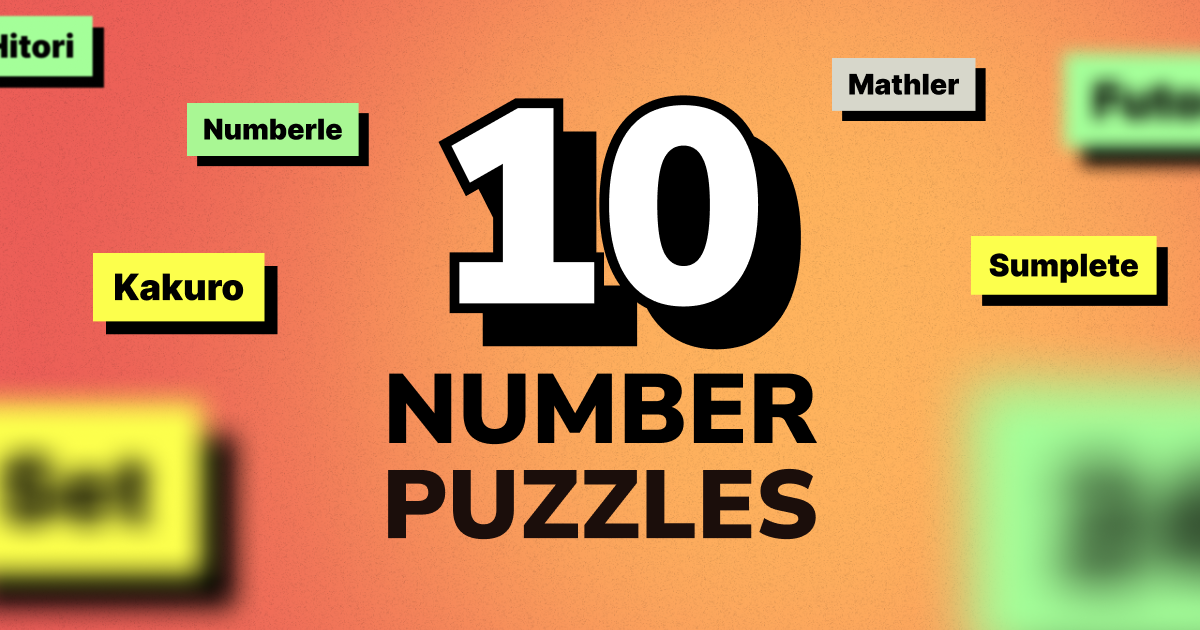
← Back to Daily Number Logic Puzzles Guide
Selection Criteria
We assessed four specific elements of each title to determine our top 10 ranking of games that are similar to Sumplete.
Mechanic Overlap: The game either includes a balanced mix of number-logic, sums/elimination, and arithmetic cages, or heavily leans into one or more of those categories.
Mobile-Friendly Daily Game: The mobile UI allows for quick, daily play sessions that can be played on the go.
Skill Focus: The game requires an equal balance of deduction and light math, or it focuses on one of the two.
Learnability: There is a relatively low barrier to entry for new players.
Quick Comparison Table
| Game | Core mechanic | Typical grids | Avg. solve time | Learning curve | Best for |
|---|---|---|---|---|---|
| Sudoku | Deduction (no repeats) | 9×9 | 7–12 min | Easy at lower levels | Pattern lovers |
| KenKen / Calcudoku | Cage arithmetic (+ − × ÷) | 4×4–9×9 | 8–15 min | Easy→Medium | Arithmetic practice |
| Kakuro | Cross-sum combinations | 4×4–9×17 | 10–20 min | Medium→Hard | Methodical solvers |
| Killer Sudoku | Sudoku + cages | 6×6–9×9 | 15–40 min | Hard | Experienced players |
| Nonogram (Picross) | Visual clue logic | 5×5–20×20 | 10–15 min | Easy→Medium | Visual logic fans |
| Binary (Takuzu) | 0/1 parity rules | 6×6–14×14 | 3–10 min | Easy | Quick warm-ups |
| Futoshiki | Inequalities + no repeats | 5×5–8×8 | 2–20 min | Easy→Medium | Logic purists |
| Hitori | Number elimination | 5×5–14×14 | 2–25 min | Medium | Careful deduction |
| Numberle | Equation guessing | 5–8 tiles | 2–10 min | Easy | Quick sessions |
| Mathler | Equation to target | Row tiles | 2–5 min | Easy | Mental-math sprints |
Our Top 10
1) Sudoku
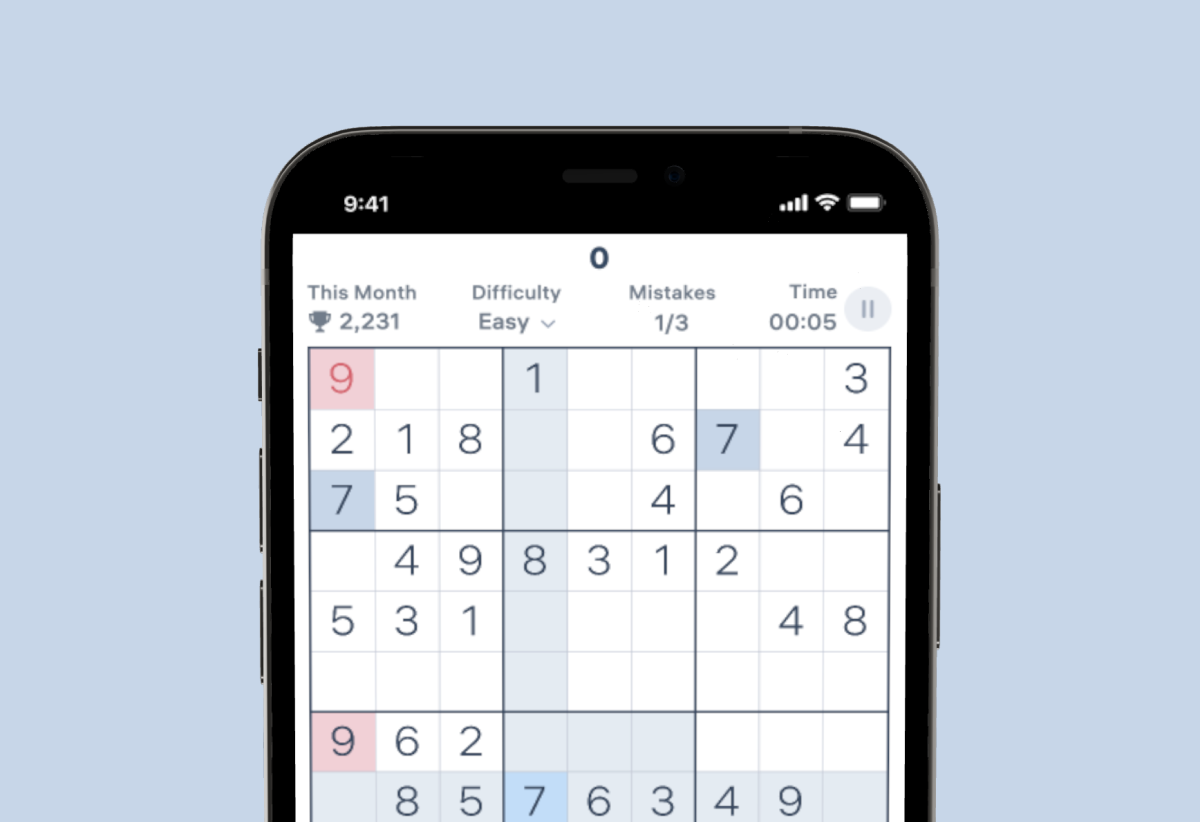
What it is: Players fill grids with the numbers 1–9 with no repeats per row, column, or 3x3 box.
Why Sumplete players like it: Sudoku is a game focused solely on deduction that also boasts a massive paper and online player community.
Best for: Pattern lovers who have 7–12 minutes to spare for play sessions.
Compare: Sudoku vs Sumplete
2) KenKen/Calcudoku
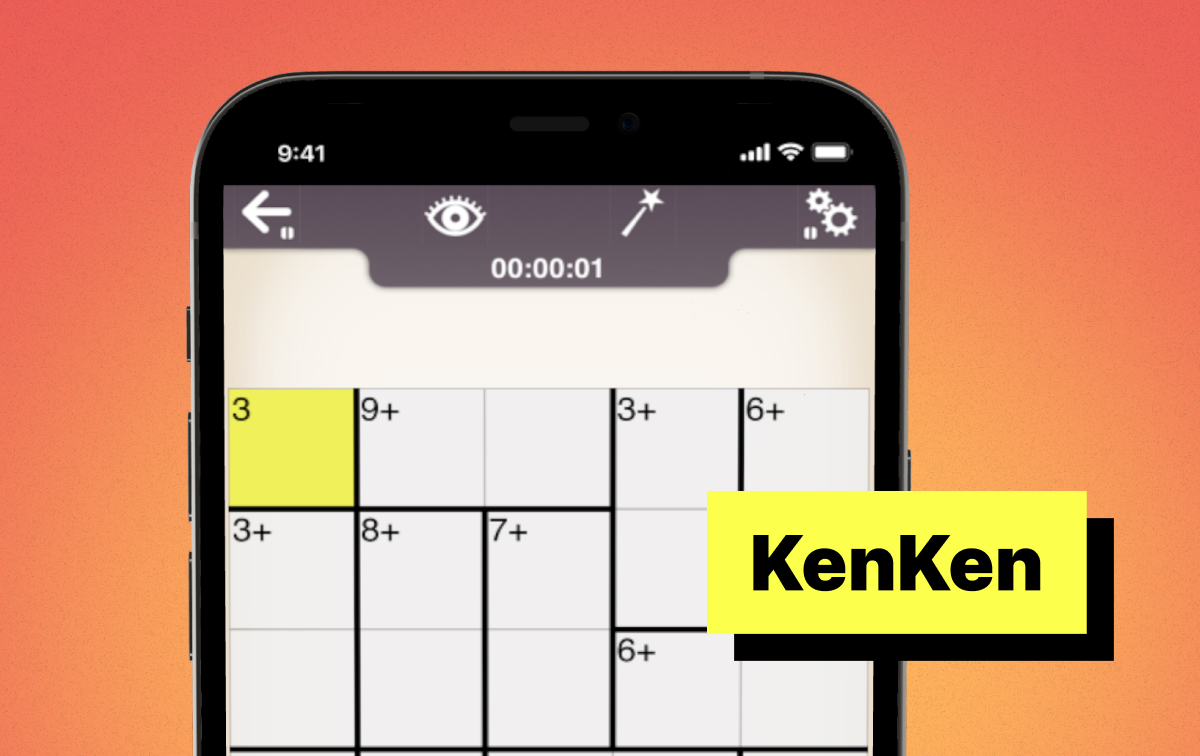
What it is: KenKen/Calcudoku boards also limit players to using each number once per row and column, but these digits must also be incorporated into addition, subtraction, multiplication, and division equations to reach the target number for each cage on the grid.
Why Sumplete players like it: This game heavily leans into math-rich logic and provides players with satisfying cage-solving moments.
Best for: KenKen/Calcudoku is a great game for those seeking arithmetic practice sessions lasting anywhere from 8–15 minutes.
Compare: KenKen vs Sumplete
3) Kakuro

What it is: Kakuro requires players to fill in empty grid spaces so that the sum of each horizontal row of numbers matches the closest pre-filled cell to the left, while the sum of each vertical column equals the closest pre-filled cell above; repeats are not permitted.
Why: This game calls for deep combination reasoning. The “cross-sum” or “crossword” element has proven to be a hit among number fans.
Best for: Kakuro best suits methodical grid solvers who usually take 10–20 minutes to complete a board.
Compare: Kakuro vs Sumplete
4) Killer Sudoku

What it is: Players fill each row, column, and square with the numbers 1-9 without repeats, while simultaneously filling in cages with numbers, when added, equal the cage target number — no repeats permitted in the cage as well.
Why: Killer Sudoku is known for its hybrid challenge and mandates that players use advanced logic to progress through the board.
Best for: This game is best for experienced puzzle solvers — beginners beware.
5) Nonogram (Picross)
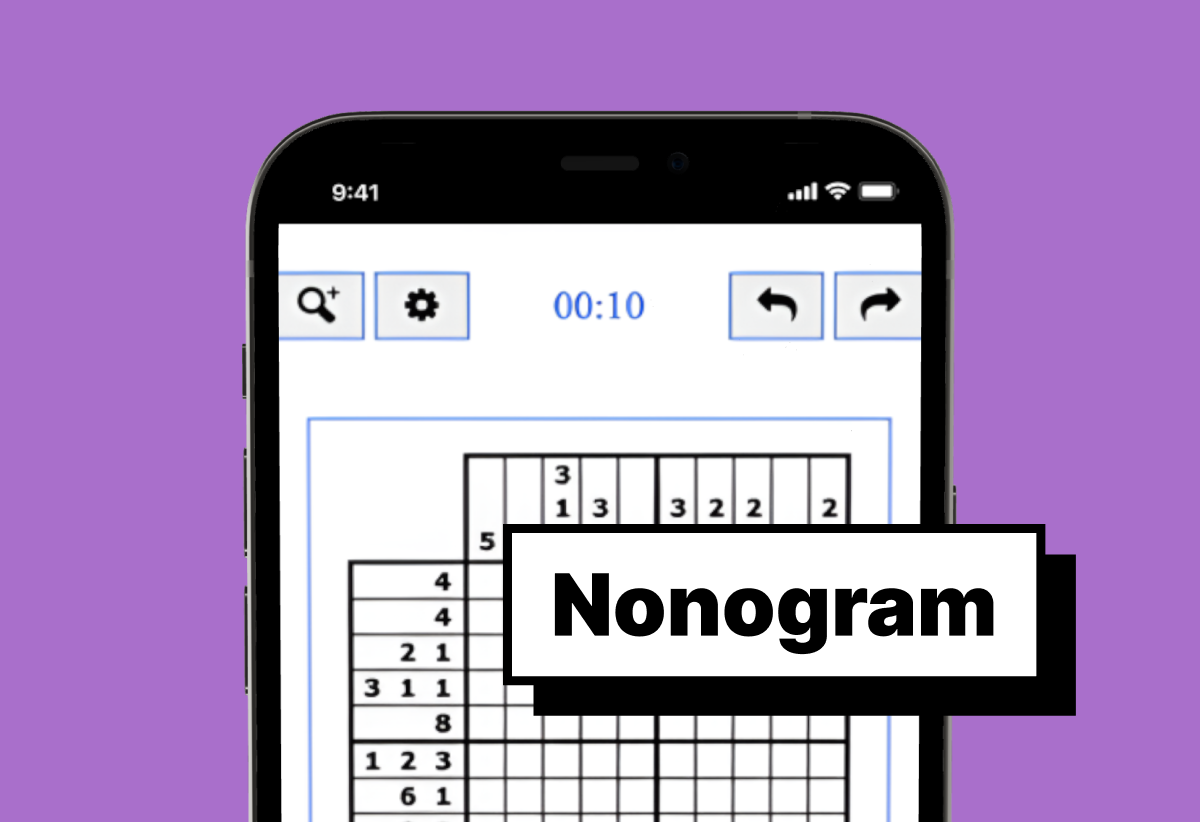
What it is: Nonogram is different in that it challenges players to solve numeric clues to paint cells with colors or dots to reveal an image, which serves as the solution to the puzzle.
Why: This logic-heavy game sees numbers guide the placement of paint patterns, making for a unique playing experience.
Best for: Fans of visual logic will enjoy taking 10–15 minutes to solve a Nonogram puzzle
6) Binary Puzzle (Takuzu)
What it is: Each row and column on the partially pre-filled grid must have an equal number of 0s and 1s without any more than two of each digit appearing next to one another; no two lines can be exactly the same.
Why: This game features a straightforward concept, crisp rules, and fast deduction-based logic.
Best for: Players interested in some quick brain warm-up puzzles.
7) Futoshiki (Inequalities)
What it is: Futoshiki features a square grid with some numbers pre-filled as clues and the guarantee of a single unique solution — players must make sure each row and column contains every digit from 1 to the board’s size exactly once while also satisfying any given inequality signs between cells.
Why: This puzzle has simple rules, elegant logic, and a fun setup for those who like to set records for fastest solve times.
Best for: Logic purists will find Futoshiki fun, as there is very little math involved.
8) Hitori

What it is: Hitori players must shade cells on a grid to remove duplicates from each row and column; no shaded cells may touch, and the unshaded cells must form a continuous area.
Why: This is a number-driven elimination puzzle, but these constraints do not require arithmetic, making it an interesting premise for logic and number enthusiasts.
Best for: Players who can operate slowly and execute deduction carefully will find success playing Hitori.
9) Numberle
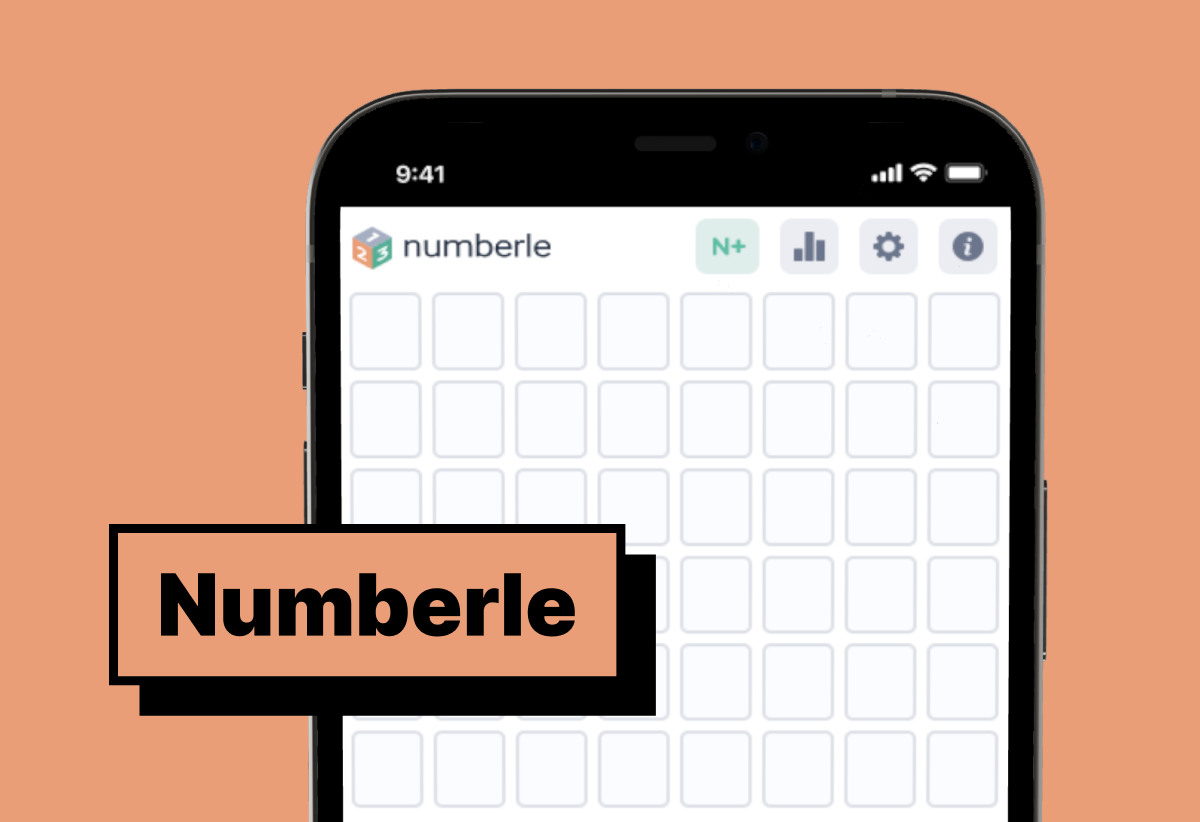
What it is: This equation-guessing variant prompts players to enter a valid mathematical equation into an 8-cell row and iterate upon it to win; incorrect cell values appear grey, cells with values that are in the final equation and in the right position appear green, and those that are in the final equation but in the wrong position appear orange.
Why: This game’s casual, familiar format is reminiscent of another popular game — Wordle.
Best for: Players who are looking to apply deduction logic to numbers in 2–5 minute breaks.
10) Mathler
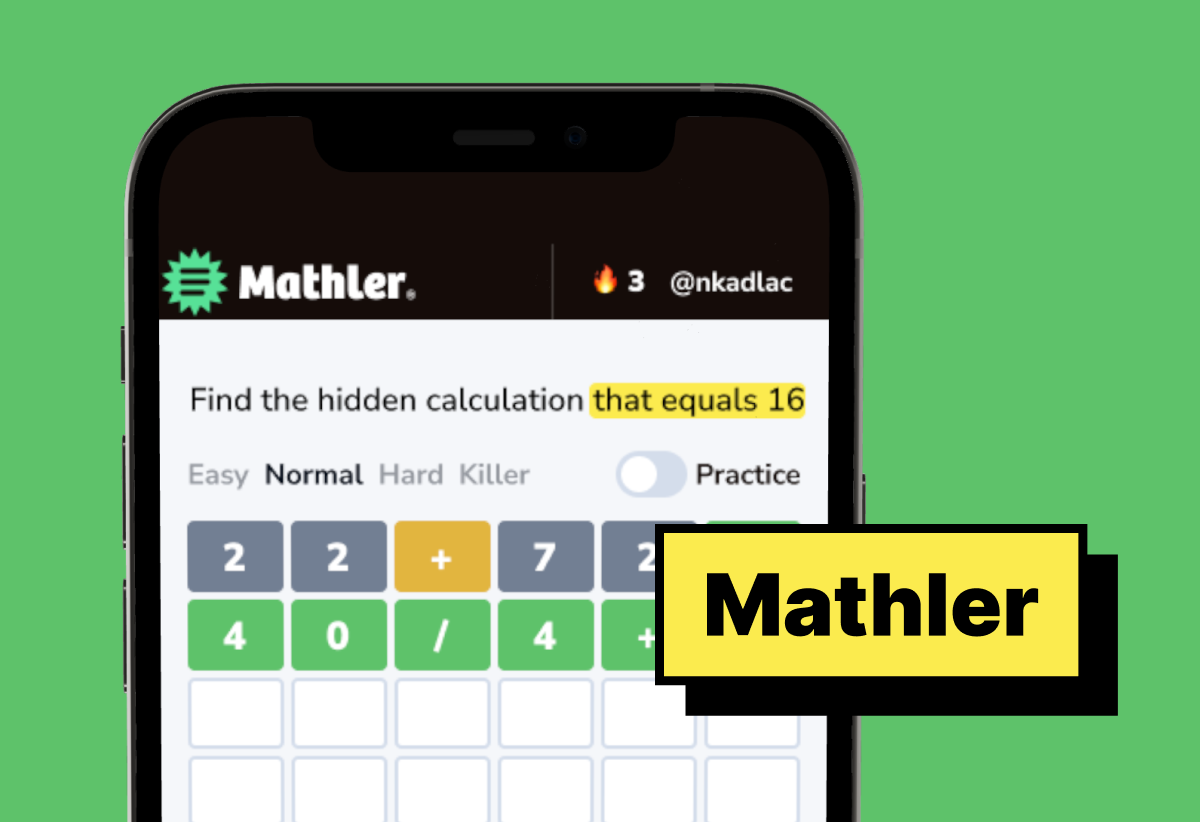
What it is: Similar to Numberle, Mathler is a Wordle-inspired game in which players guess an equation with grey, yellow, and green color clues; the main difference in Mathler is that players must match a target number that they are provided before the game begins.
Why: This game features quick arithmetic and offers an addictive daily cadence for those looking for a quick math fix for the day.
Best for: Players interested in challenging themselves with mental-math sprints.
Which game should you start with?
Here’s a simple game selection guide for players who still need help deciding which title to try:
Are you looking for a daily “win” that can be completed in 3-8 minutes? You should try Sumplete’s 5×5 or 7×7 grids.
Are you a fan of games with arithmetic cages? If so, KenKen or Killer Sudoku are likely your best options.
Do you want games that involve methodical cross-sums? In that case, Kakuro has the mechanics you are seeking.
Are you a logic purist who can’t stand math? Give Sudoku, Binary, or Hitori a shot.
Are visual logic games your favorite? Nonogram offers the best experience for those seeking visually-focused gameplay.
FAQ
What is the easiest game like Sumplete?
With varying grid sizes and difficulties for most of the games on this list, it can be hard to determine a game that is truly the easiest and most comparable to Sumplete. That said, games such as Sudoku, Binary Puzzles (Takuzu), and Futoshiki (Inequalities) have straightforward rules that are relatively easy for newcomers to pick up and learn.
Which games are best for mental math?
KenKen/Calcudoku, Killer Sudoku, and Mathler are all the best games to try if you want to improve your mental math skills.
Are there number puzzles for kids?
Yes, Sumplete, Sudoku, and Binary Puzzles (Takuzu) are examples of number puzzles that are perfect games for kids to try.
Where can I play free daily number puzzles?
Click the links below to play free daily number puzzles: